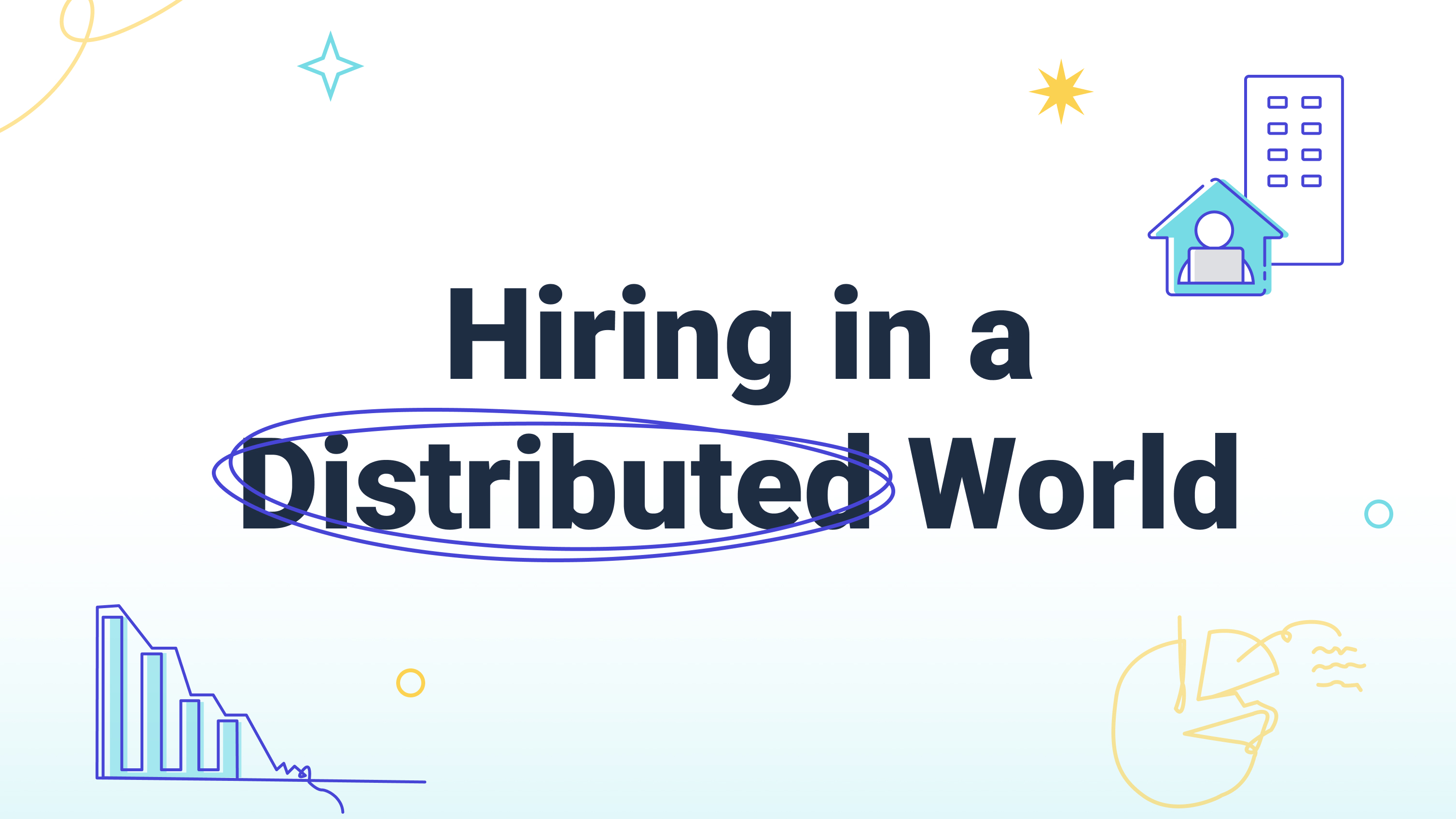The Datapeople R&D team was curious how remote jobs are impacting the hiring landscape, so we made this report.


Remote jobs data shows that distributed hiring is the new normal for many companies, according to inbound recruiting experts Datapeople. Remote roles, hybrid jobs, work from anywhere benefits, and remote perks are all increasingly popular with candidates. So much so that companies are working to make non-remote jobs more attractive.
Datapeople was curious about the impact remote work is having on the hiring landscape as a whole. So the company’s R&D team analyzed job posts and hiring outcomes from 2019 onwards to find out. The dataset included 30 million real-world job posts (i.e., actual jobs) from over 10,000 employers and 122 different applicant tracking systems (e.g., Greenhouse, Workday, and SmartRecruiters).
Here are 15 findings from Datapeople’s remote jobs data report, Hiring in a Distributed World:
1. The distributed hiring era is here to stay.
2. Remote jobs are 5x pre-pandemic levels.
3. Remote jobs attract 2.2x more candidates than non-remote jobs.
4. Remote jobs attract 2.2x more women than non-remote jobs.
5. Remote jobs attract 125% larger inbound candidate pools than non-remote jobs.
6. New types of jobs are emerging - hybrid jobs (a mix of remote and onsite).
7. There’s a lot of confusion about what hybrid jobs are.
8. Nearly 50% of companies had no remote or hybrid roles in 2019. Today, that percentage is down to 15%.
9. Remote jobs are offering more remote-specific perks and benefits.
10. Bonuses are growing more common for onsite jobs.
11. Fair chance hiring (for applicants with prior convictions) is on the rise.
12. Remote jobs are more popular in North America than other global regions.
13. Startups and unicorns are adapting fastest to distributed hiring. (Startups: privately owned, venture-backed. Unicorns: privately owned, $1 billion valuation.)
14. Work from anywhere is growing in popularity.
15. Degree requirements are on the decline.
For this report, the Datapeople R&D team used its own internal research and language models to deconstruct and categorize the data rather than relying on government data. The team annotated job outcomes data by job type, company, applicant, and application sources.
Using language models, they deconstructed each job description by language attributes, job type, skills, and qualifications. They also analyzed job location and multiple employer attributes, not just company name. According to the Datapeople team, these findings are unique.
